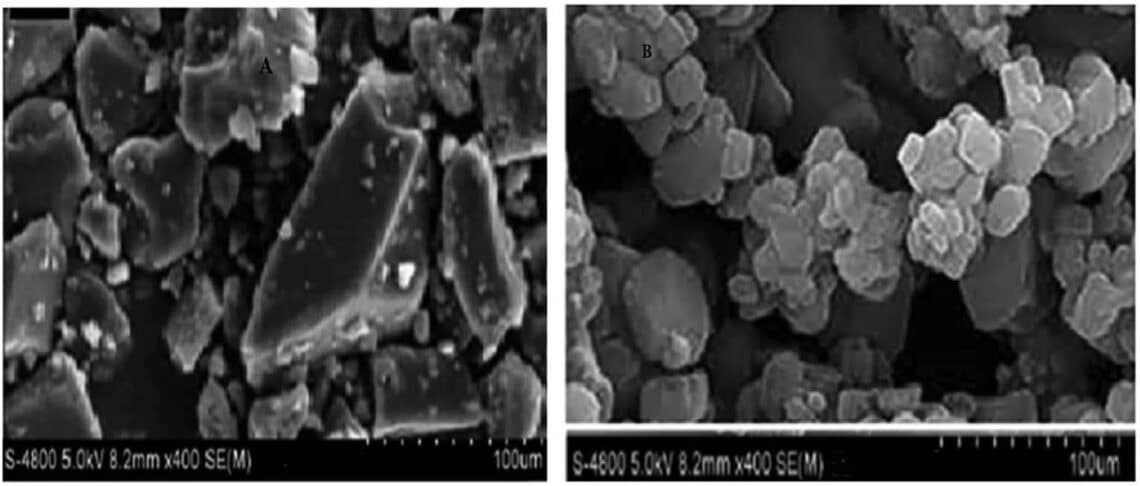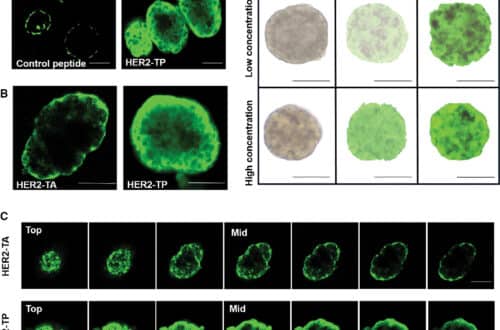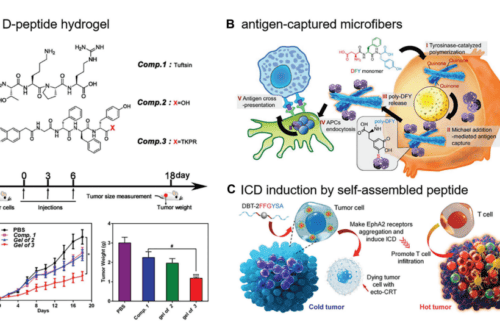
Comparative Study of Spray-Drying and Freeze-Drying Techniques for Increasing Fenofibrate’s Solubility and Dissolution Rate
Announcing a new article publication for BIO Integration journal. Fenofibrate (FF) is a BCS class II compound whose poor solubility poses challenges in drug delivery and bioavailability. Solid self-micro emulsifying drug delivery systems (S-SMEDDS) have emerged as a promising solution to address these issues. These systems are aimed at enhancing the solubility and dissolution rates of poorly soluble drugs, such as FF, by formulating them into solid dosage forms.
FF solubility was investigated in various oils, surfactants, and co-surfactants to identify the most suitable components for formulating S-SMEDDS. The preparation of S-SMEDDS was carefully evaluated according to parameters including drug content, morphological characteristics, and structural features. Two methods, freeze-drying, and spray-drying, were compared for their efficacy in producing S-SMEDDS. Additionally, in vitro dissolution studies were conducted to assess the dissolution rates of FF-loaded S-SMEDDS tablets compared with conventional tablets.
Among the oils tested, oleic oil achieved the highest FF solubility, whereas Tween 80 and Transcutol HP were identified as the optimal surfactant and co-surfactant, respectively. The preparation method significantly influenced the properties of S-SMEDDS. Freeze-drying outperformed the other methods by enhancing dissolution rates, primarily through increased surface area. Moreover, the solid-state characteristics of S-SMEDDS were dependent on the polymer concentration and processing method. In vitro dissolution studies demonstrated that FF-loaded S-SMEDDS tablets exhibited faster drug release than conventional tablets, owing to the inclusion of the super disintegrating agent CCS and the S-SMEDDS component. Freeze-drying was superior to spray-drying in enhancing dissolution, albeit with potentially higher production costs.
The study highlights the potential of S-SMEDDS to overcome the solubility and bioavailability challenges associated with FF. Freeze-drying emerged as the preferred method for producing S-SMEDDS, because of its superior dissolution enhancement capabilities, despite potentially higher production costs, whereas spray-dried S-SMEDDS offers economic and environmental benefits, but may achieve lower dissolution rates. Overall, our findings underscore the importance of formulation strategy in enhancing the efficacy of poorly soluble drugs such as FF.
Read more: https://www.scienceopen.com/hosted-document?doi=10.15212/bioi-2024-0010
BIO Integration is fully open access journal which will allow for the rapid dissemination of multidisciplinary views driving the progress of modern medicine. As part of its mandate to help bring interesting work and knowledge from around the world to a wider audience, BIOI will actively support authors through open access publishing and through waiving author fees in its first years. Also, publication support for authors whose first language is not English will be offered in areas such as manuscript development, English language editing and artwork assistance.
BIOI is now open for submissions; articles can be submitted online at: https://mc04.manuscriptcentral.com/bioi
There are no author submission or article processing fees.
Please visit www.bio-integration.org to learn more about the journal.
Editorial Board: https://bio-integration.org/editorial-board/
BIOI is available on the ScienceOpen platform.
Follow BIOI on Twitter @JournalBio; Facebook (https://www.facebook.com/BIO-Integration-Journal-108140854107716/) and LinkedIn (https://www.linkedin.com/company/bio-integration-journal/).
ISSN 2712-0074
eISSN 2712-0082
Aarti P. Nikam, Pawan D. Meshram and Archana V. Vanjari et al. Comparative Study of Spray-Drying and Freeze-Drying Techniques for Increasing Fenofibrate’s Solubility and Dissolution Rate. BIOI. 2024. Vol. 5(1). DOI: 10.15212/bioi-2024-0010




